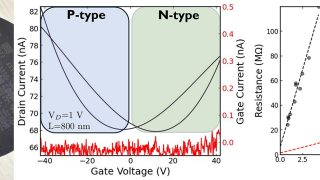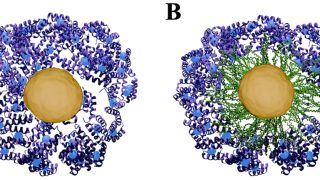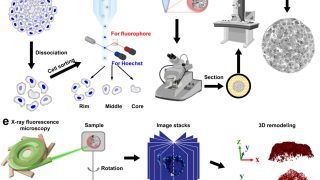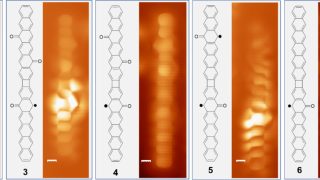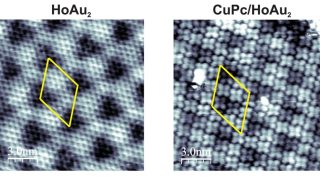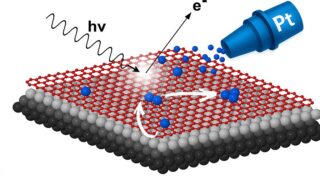
How fast HR-XPS revealed the astonishing mobility of platinum atoms on graphene
Catalysis • Chemistry • DIPC Computational and Theoretical Chemistry • DIPC Interfaces • Nanotechnology
When we think of atoms sitting on a surface, we tend to imagine them as fairly still, especially at very low temperatures (colder than liquid nitrogen, in fact). Yet in modern surface science we often discover the opposite: atoms can be surprisingly restless, gliding from place to place in ways that shape how materials grow […]
